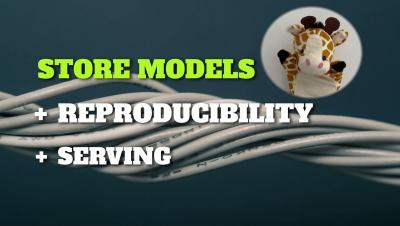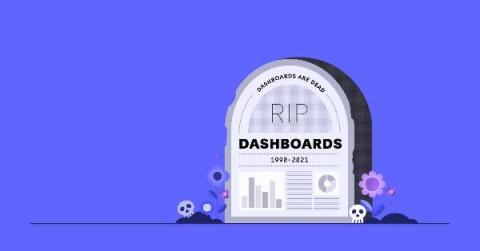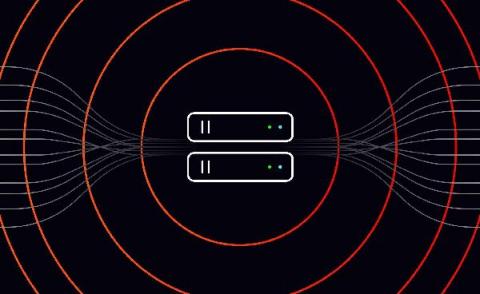Systems | Development | Analytics | API | Testing
%term
Creating an Interactive Developer Portal with GraphQL
Appian for Retail
SmartBear Releases New Test Management Capabilities for Regulated and Critical Industries in Zephyr Enterprise
When to Use NoSQL and MongoDB
What is MongoDB used for? Learn how MongoDB and its Fivetran connector can help you.
New in Databox: Select a Date Range for Scheduled Snapshots.
The full stack solution for data democratization
Speed and agility are vital in today’s dynamic economy. But moving fast in the dark is dangerous. Decision makers need the insights and guidance they can only get from reliable data. But despite massive efforts from their internal BI teams, getting that data when and how they need it has been problematic.
The day the dashboard died
For more than 20 years, dashboards served as a foundational element of business intelligence, helping leaders visualize and share valuable data across their organization. At inception, dashboards were the perfect vehicle for delivering key report KPIs without data workers needing a background in coding or IT. But much has changed over the last two decades, including the appetite and needs of your business users.
Realtime and databases - a discussion on coupling versus modularity
Databases are one of the most useful and foundational constructs in computing. They are what allows us to take our exponentially growing amounts of information and to organize it according to efficient, logical patterns of information architecture.
WWDC 2021 Highlights: Let's recap
This year we decided to recap the happenings and cover the most important and interesting announcements of WWDC 2021. Let’s get started!











